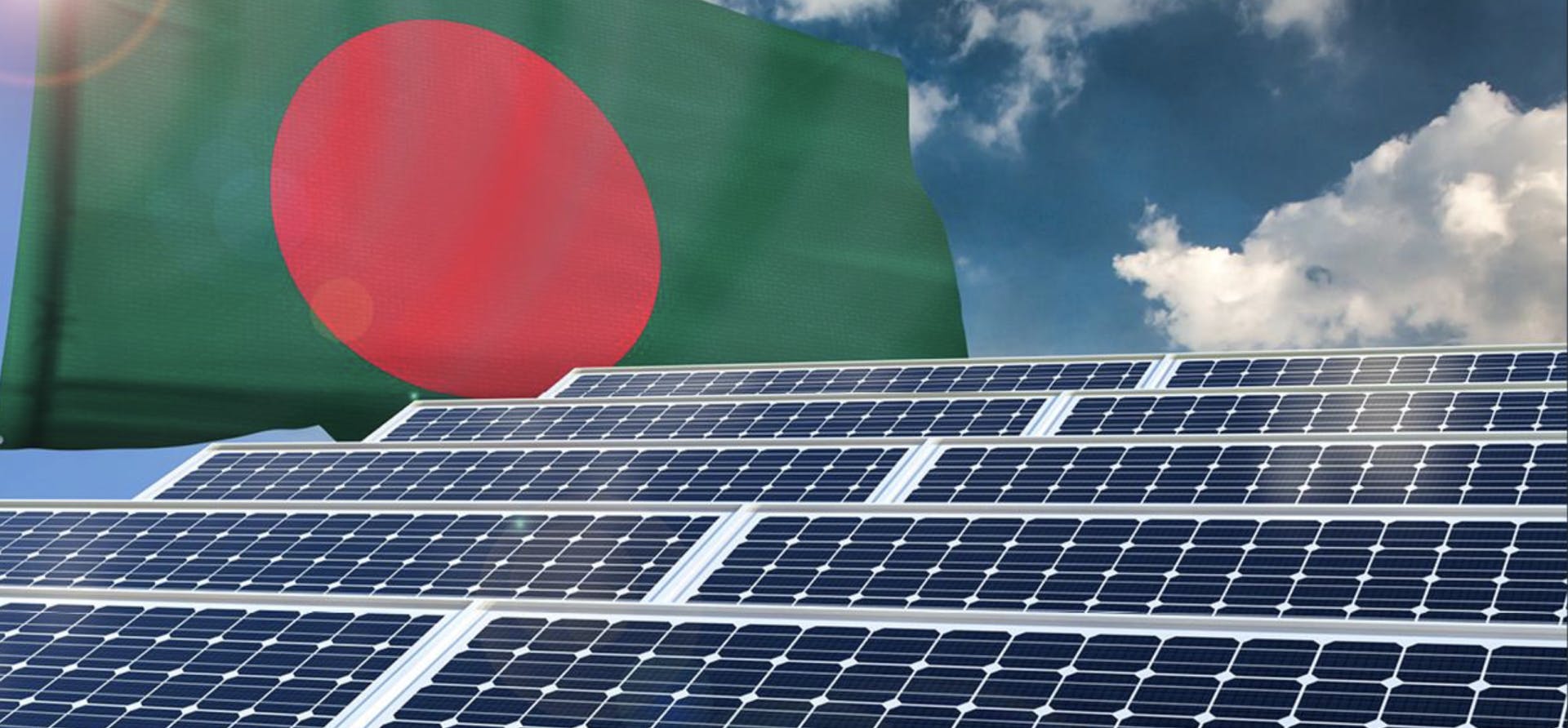Bangladesh is actively pursuing a variety of policies designed to facilitate its digital transformation and the growth of its digital economy, with the goal of shifting from a primarily manufacturing-based economy to a more knowledge-based society. These initiatives, including the Digital Bangladesh program (ICT Policy 2009), Smart Bangladesh (ICT Master Plan 2041), and National Artificial Intelligence Policy 2024, focus on harnessing the global digital revolution to kickstart technological innovation and digital transformation in Bangladesh.
However, the core of Bangladesh’s efforts to shape its digital future relies primarily on Bangladesh’s ability to truly harness its renewable energy sector. Despite its ambitious plans, power problems continue to plague Bangladesh, especially in the country’s growth-stage
As Bangladesh moves toward a more digitally-driven economy, addressing its energy challenges becomes critical, not only for ensuring infrastructure sovereignty, but also for safeguarding its digital sovereignty.
Renewable energy investment
Bangladesh has one of the highest rates of power demand growth globally, resulting in a heavy reliance on fossil fuels, with
Bangladesh’s efforts to grow its renewable energy sector have resulted in a significant need for foreign direct investment in its energy sector. China has played a
Chinese investment in Bangladesh’s renewable energy sector continues to build, with notable Chinese solar manufacturer LONGi announcing its interest in Bangladesh-specific investments in March 2025. This visit built on a previous visit in late 2024 featuring LONGi and Tongwei Co., Ltd., another Chinese-based solar manufacturer, with both these trade delegations highlighting the increasing interest for Chinese firms and investors in controlling Bangladesh’s renewable energy sector.
Investments in physical infrastructure
China’s involvement in Bangladesh extends beyond renewable energy, with China being a major player in financing and constructing critical infrastructure in Bangladesh, including ports, bridges, and power plants. As of mid-2024, China accounted for 27 power projects in Bangladesh, with the coal-fired Payra power plant, generating an impressive 1,320 MW of power, being built as part of China’s Belt and Road Initiative.
China has played a large role in developing and constructing crucial infrastructure in Bangladesh, ranging from ports to special economic zones (SEZs). Bangladesh’s Mongla port, its second largest port, received a loan of $400 million for modernization efforts on
China has also been a major source of financing, construction, and technical assistance in terms of bridge infrastructure in Bangladesh. The Padma bridge, a 6.15km bridge built at a cost of nearly $4 billion, was constructed by Chinese SOE China Major Bridge Engineering Company. As of
Need for digital infrastructure sovereignty
Assuming Bangladesh can resolve its domestic power generation issues with clean energy controlled by Bangladesh interests, it must also take its digital infrastructure sovereignty into consideration as Bangladesh develops its digital economy.
In the same vein, Bangladesh’s digital infrastructure is already seeing growing dependencies on Chinese firms and investment. In December 2024, Huawei announced efforts to bolster Bangladesh’s digital infrastructure development, notably co-launching an innovation lab with the Bangladesh government and establishing a China-Bangladesh fintech exchange program. Mid-2024 also saw Bangladesh’s former Information Minister Hasanul Haq Inu lauding China’s technology innovation in telecommunications, e-commerce, green energy, and agriculture, and much more.
These efforts build on Huawei’s
Conclusion
In conclusion, Bangladesh’s pursuit of a digital economy hinges on its ability to address critical challenges in energy infrastructure, with a focus on developing its renewable energy sources. With power shortages continuing to hinder growth, investing in clean sustainable energy is paramount for the nation’s digital transformation.
While Chinese investments in energy, infrastructure, and digital technology have accelerated progress, they also highlight the need for Bangladesh to carefully manage its long-term energy and digital sovereignty.
If it is able to secure a sustainable energy future, Bangladesh can effectively harness its full potential to develop its digital economy while maintaining its digital infrastructure sovereignty, enabling it to emerge as a competitive player in the global digital economy.
Image courtesy of the Institute for Energy Economics and Financial Analysis.











